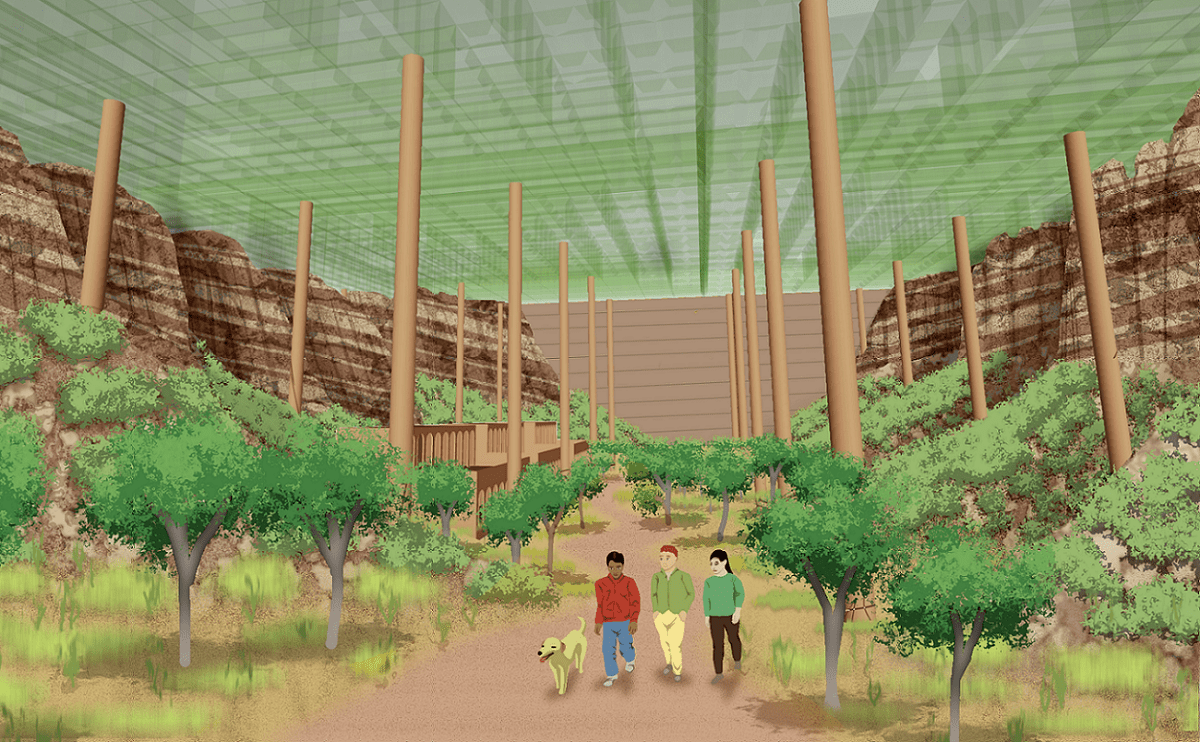Mars is a lifeless wasteland for more than one reason. Not only are the temperatures and lack of water difficult for life to deal with, the lack of a magnetic field means radiation constantly pummels the surface. If humans ever plan to spend prolonged periods of time on the red planet, they’ll need to support an additional type of life – crops. However, it appears that even greenhouses on the surface won’t do enough to protect their plants from the deadly radiation of the Martian surface, at least according to a new paper published by researchers at Wageningen University and the Delft University of Technology.
Continue reading “Greenhouses Probably won’t Work on Mars Because of Cosmic Radiation. Even the Plants Will Have to Live Underground”Practical Ideas for Farming on the Moon and Mars
When the International Space Station (ISS) runs low on basic supplies – like food, water, and other necessities – they can be resupplied from Earth in a matter of hours. But when astronauts go the Moon for extended periods of time in the coming years, resupply missions will take much longer to get there. The same holds true for Mars, which can take months to get there while also being far more expensive.
It’s little wonder then why NASA and other space agencies are looking to develop methods and technologies that will ensure that their astronauts have a degree of self-sufficiency. According to NASA-supported research conducted by Daniel Tompkins of Grow Mars and Anthony Muscatello (formerly of the NASA Kennedy Space Center), ISRU methods will benefit immensely from some input from nature.
Continue reading “Practical Ideas for Farming on the Moon and Mars”

